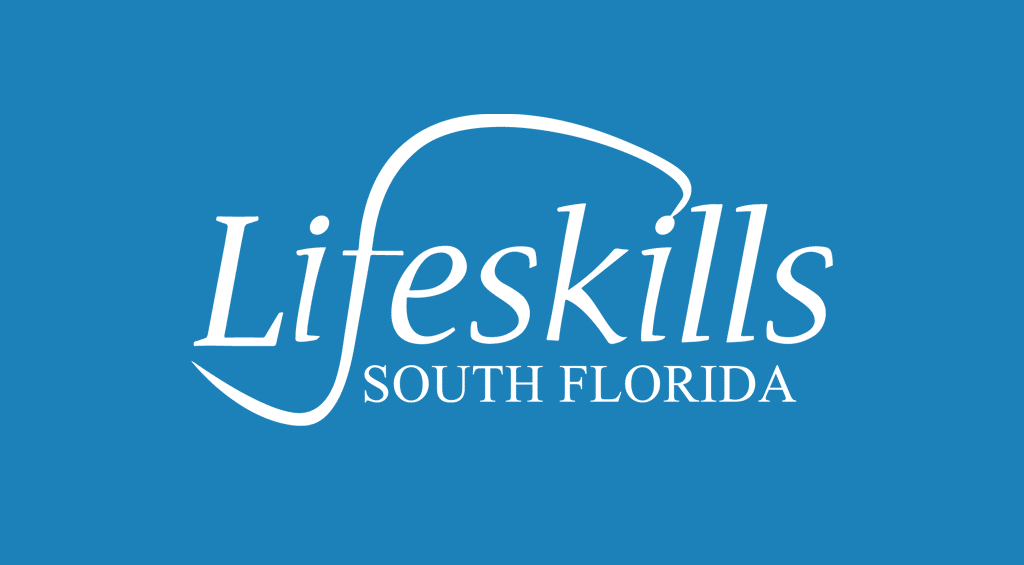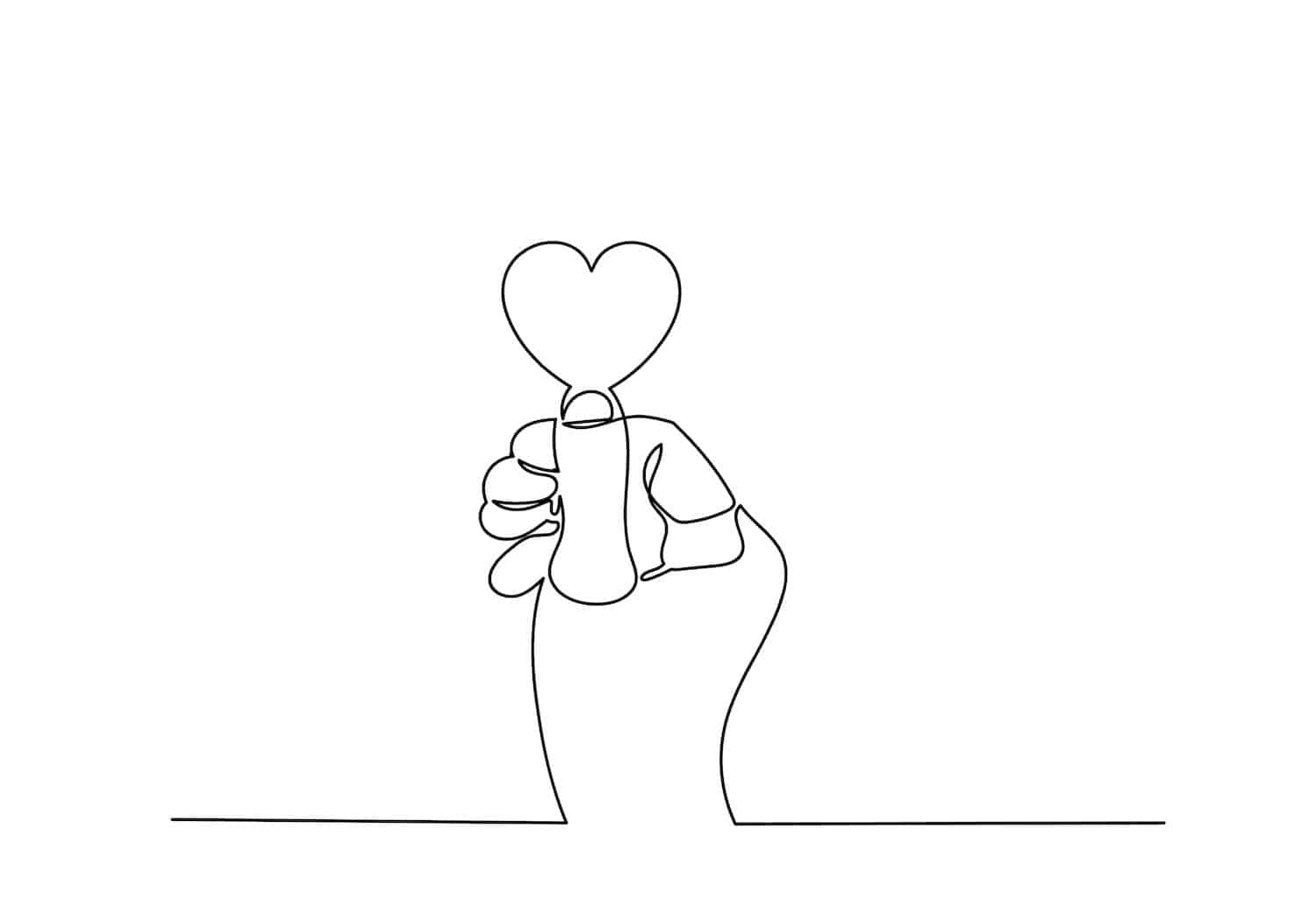
Chronic pain affects a significant portion of the United States, with over 100 million Americans suffering, outpacing diabetes and heart disease, according to the American Academy of Pain Medicine. Back pain is the most common pain condition, followed by severe headache and migraine pain.
One method for alleviating pain is with opiate medications, which can cause concern for people in recovery from an addiction. Past substance abuse addictions can worsen pain issues, in particular for those who have a history of opioid abuse.
“Treating pain in a context of addiction can often be complicated; however, those with addiction still suffer pain and in some cases, have more severe pain than people without an addiction,” according to Lifeskills South Florida Medical Director, Dr. Daniel Bober.
We cannot stigmatize those who suffer from addictive diseases by treating their pain half-heartedly. Pain control can be achieved, and there are guidelines to help in the recently published the CDC Guideline for Prescribing Opioids for Chronic Pain. This resource provides recommendations and guidelines to help reduce the number of people who misuse, abuse, or overdose from these drugs. These guidelines ensure access to safer, more effective chronic pain treatment by focusing on three main areas:
- Determining when to start or continue opioids for chronic pain
- Establish treatment goals, selection of non-pharmacologic therapy, nonopioid pharmacologic therapy, opioid therapy, and discussion of risks and benefits.
- Opioid selection, dosage, duration, follow-up, and discontinuation
- Assessing risk and discussing harms of opioid use
- Evaluation of risk factors and ways to mitigate patient risk, and arrangement of treatment for opioid use disorder.
The goal of treating pain in addicted patients is the same as in others, to maximize functioning level while giving pain relief.
Dr. Bober says, “The use of chronic opioid therapy is not recommended in general unless the patient is suffering from a terminal disease, such as cancer. Only rarely should chronic opioid treatment be used and this often comes at a price, including other major health problems associated with its use.”
Some insurance companies are limiting access to pain medication that has a lower addiction and dependency risk, due to the higher cost of these opioid alternatives. For example, research by ProPublica and The New York Times showed that of the 35.7 million people under Medicare prescription drug plans in the second quarter of 2017, only one-third covered Butrans, a painkilling skin patch that contains a less-addictive opioid. And, prior approval was needed for lidocaine patches, which are covered by every drug plans and are not addictive but cost more. Most every plan covered opioids and very few required any prior approval.
The Department of Health and Human Services is studying the issue, and one early analysis suggests there are fewer restrictions on opioids than on less addictive, non-opioid medications, and non-drug treatments. Assessments also found insurer’s limits on addiction treatments, with some programs requiring the advanced approval of some drugs, such as Suboxone, a drug used to wean people off opioids, which interferes with the treatment process.
In addition to the medication limitations, there are many discussions about alternative approaches to opioids and the effectiveness of treatment. Recovery from pain is possible through a combination of therapy and effective medicines, and studies show the use of non-medical approaches such as psychotherapy, exercise, yoga, meditation, and acupuncture, as an effective pain treatment.

“I suggest treating chronic pain with other modalities such as physical therapy and acupuncture, which have lower side effects,” says Dr. Bober.
There is limited proof about the effectiveness of acupuncture, but more for Cognitive Behavioral Therapy (CBT). Although a study by the Mayo Clinic found patients who were weaned off opioids and entered a nondrug-based program experienced less pain and improved function, many insurers would not pay for the treatment.
Sustained and chronic pain could be the result of trauma, and will not likely subside without psychological counseling, some private insurers and state agencies are also trying to integrate mental health treatment into their pain care programs. But other insurers are not willing to cover the costs believing it could mean paying longer and ultimately more for treatment. In the early 1990’s insurers gave more support to treatment programs, but soon questioned the quality and long-term value, and found what appeared to be a quicker and cheaper solution in opioids.
Adds Dr. Bober, “Insurers need to be more willing to pay for and approve addiction treatment. They are simply paying for addictive substances themselves. Addictive diseases are diseases in the same way that diabetes and cancer are, therefore; they deserve the same level of care and treatment as these other disorders. Anything less is a form of discrimination and stigmatization.”
Physicians and clinicians play a vital role in battling the opioid use epidemic, by shifting their practices to avoid unnecessary use of opioids to treat pain. And there are insurers, such as CVS Health, that are taking steps to fight the opioid epidemic. CVS has announced it will limit prescriptions to seven days for certain conditions and will limit the daily dose based on strength. Additional guidelines will also require patients to use the short-term dosage before moving forward with extended-release opioids. Some states, such as Vermont, are also beginning to test programs to determine the effectiveness of opioid alternatives to treating chronic pain. Oregon’s Medicaid program will provide acupuncture, chiropractic and osteopathic manipulation, and Cognitive Behavioral Therapy (CBT) if found to be deemed effective after a patient’s initial evaluation.
We can be empowered by what we have learned about treating chronic pain and the addiction that can come with opioid use, however, we also must be educated on the alternatives and safe methods of treatment and recognize when a loved one might need our help.
If you or a loved one is suffering from addiction, Lifeskills South Florida can help. To learn more about our accredited residential and outpatient treatment programs, please contact us.




